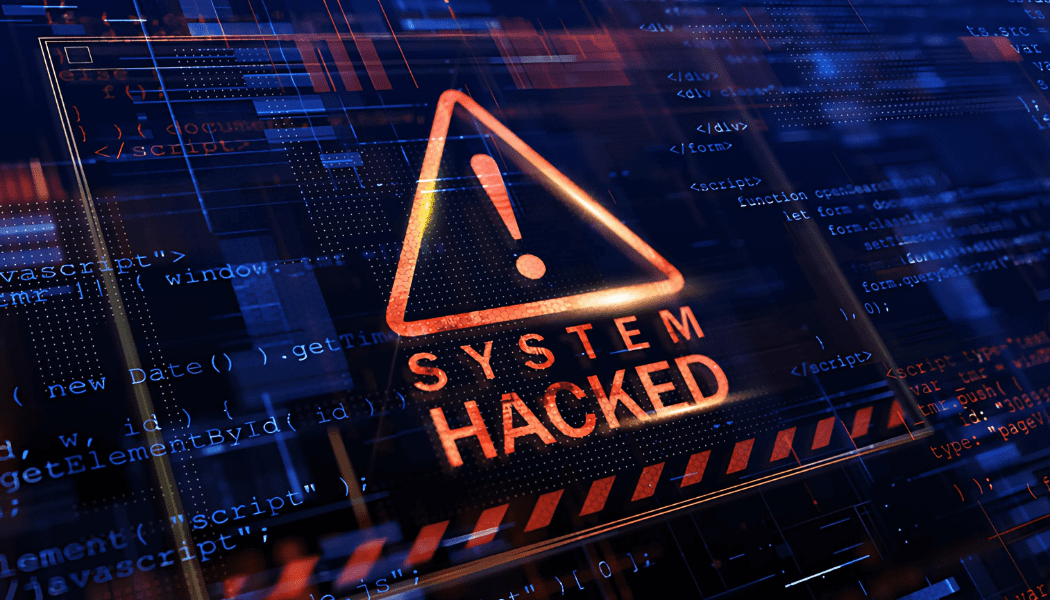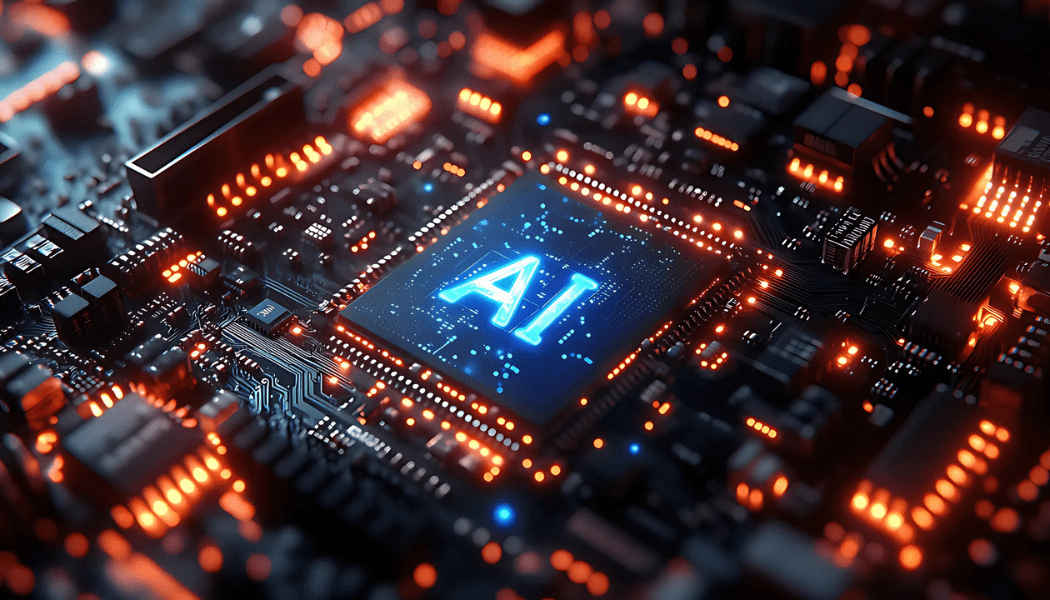TRENDS, THREATS & TACTICS FOR CYBER CERTAINTY™
BY DANIEL TOBOK
June 2025

NEW ALL-TIME RECORD LEVELS OF CYBER THREAT AND CONCERN: Global Trends & Threat Levels At An All Time High

T H E M O S T V U L N E R A B L E C O N N E C T E D D E V I C E S O F 2 0 2 5 : Are You Protecting Yours?
- Study Identifies 20 Most Vulnerable Connected Devices of 2025 – SecurityWeek
A recent study highlights the 20 most vulnerable connected devices of 2025, revealing widespread security gaps in everything from smart TVs and printers to routers and baby monitors. These devices, often overlooked in cybersecurity planning, can act as entry points for attackers to breach larger networks. As the Internet of Things continues to expand, so does the surface area for potential threats, making this a growing concern for both businesses and everyday users.
My thoughts
- When I read through the findings of this study, what stood out immediately was how often security sacrifices convenience.Devices that have become so deeply woven into our daily lives, like home assistants, wireless printers, and even baby monitors, are being left out of most security strategies. It’s not because we don’t care, but because these devices blend into the background. They’ve become so common that we forget they’re entry points as well.
In my work, I’ve seen organizations focus so heavily on securing servers and software platforms that they miss the quieter threats hiding in plain sight. A compromised router or outdated IP camera might not sound like a major concern, but when attackers use them to pivot deeper into the network, the consequences can be massive. This disconnect between convenience and caution is exactly what attackers are counting on.
I believe it’s time to shift our thinking. These devices are no longer peripheral; they’re essential, and their security should reflect that. This isn’t about creating fear; it’s about recognizing that cybersecurity now touches every corner of our environment. If it’s connected, it’s a risk, and it needs to be treated like one.
What can we do?
- One of the first actions I recommend to any organization or household is taking inventory. We can’t secure what we don’t know exists. Listing every connected device on the network sounds simple, but it’s often overlooked. Once you know what’s running, the next step is to ensure all firmware is updated and default credentials are replaced with strong, unique passwords. These may sound basic, but they’re often where vulnerabilities begin.
Another essential strategy is network segmentation. Separating business-critical devices from smart technology that doesn’t need access to sensitive systems makes a huge difference. It limits the damage if something goes wrong. I’ve also seen success with automatic patch management tools and strict policies around which devices are allowed to connect in the first place. A proactive mindset here keeps small issues from becoming entry points for major breaches.
We also need to normalize regular audits. Whether you’re leading a company or managing a home network, making time to review what’s connected and how it’s configured should be a routine part of cybersecurity hygiene. The idea isn’t perfection, it’s visibility, control, and being one step ahead of the threats we know are coming. When every device is seen as a potential risk, we build better h1abits that lead to stronger protection.

H E A D L I N E : Ransomware Shifts Tactics as Payouts Drop, Critical Infrastructure in the Crosshairs
- Ransomware Shifts Tactics as Payouts Drop: Critical Infrastructure in the Crosshairs – SecurityWeek
Ransomware groups are adapting to the changing landscape, shifting their tactics as ransom payouts decline. Critical infrastructure has become the new focus, with hackers targeting high-value sectors like healthcare, utilities, and government institutions. With less opportunity for large payouts, attackers are now aiming for disruption and long-term damage.
My thoughts
The world of ransomware has changed, and with it, the threats we face. This isn’t just about big paydays for cybercriminals anymore. The attacks are becoming more sophisticated and calculated, aimed at disrupting essential services. When these attacks hit critical infrastructure, the impact is far-reaching, often crippling services that people rely on, such as healthcare systems and power grids. It’s not just about monetary loss, but the far-reaching consequences that ripple out to communities, economies, and even national security.
As the nature of these attacks evolves, so does the responsibility of organizations. They can no longer afford to wait for an incident to force them into action. A proactive cybersecurity strategy is essential. This means investing in state-of-the-art detection tools, training employees to recognize vulnerabilities, and creating robust response plans that can handle such catastrophic disruptions before they happen. With an increased focus on high-value targets, it’s clear that the old ways of simply locking down systems aren’t enough. Critical infrastructure has to be defended with the same level of importance we give to national security
What can we do?
When faced with the growing threat of ransomware targeting critical infrastructure, there’s no time for hesitation. The key to staying ahead of these evolving tactics is a comprehensive, forward-thinking cybersecurity strategy. First, organizations must make securing their most vulnerable systems a top priority. This includes sectors like healthcare, government, energy, and anything else that impacts the daily lives of citizens. It’s essential to employ sophisticated tools that can detect threats early, even when they don’t fit the traditional patterns of malware.
Equally important is fostering an environment of constant collaboration. Cyber threats don’t just affect individual companies; they impact entire ecosystems. This means that information sharing between private enterprises, government agencies, and cybersecurity professionals is essential. By exchanging real-time threat intelligence, we can collectively defend against the growing sophistication of cybercriminals.
The rise of ransomware targeting critical infrastructure shows just how quickly cybercrime is shifting. And as these tactics evolve, it’s no longer enough to simply be reactive. A layered defense, bolstered by constant monitoring and communication, is key to protecting the vital systems that keep the world running smoothly. Let’s not wait for another attack to shake us—our defenses need to be ahead of the curve, not catching up.

A I N O W O U T S M A R T S H U M A N S : The New Threat in Spear-Phishing Attacks
- AI Now Outsmarts Humans in Spear Phishing, Analysis Shows – SecurityWeek
AI has reached a point where it is now outsmarting humans in spear-phishing tactics, making it more challenging than ever for individuals and organizations to defend against targeted cyberattacks. These AI-driven phishing attempts adapt and evolve rapidly, creating significant risks for businesses and personal security.
My thoughts
-
The rise of AI in spear-phishing attacks is a huge red flag for all of us. It’s one thing to get tricked by a poorly designed phishing email, but when AI starts generating these attacks, they become incredibly convincing. AI is making phishing attempts smarter and harder to detect, and that’s not something we can ignore. Even the most vigilant employees could miss the mark when AI can mimic conversations and adapt so quickly.
The good news is that this doesn’t mean we’re helpless. We can fight back with AI-powered defense systems that anticipate and neutralize these threats before they become serious problems. It’s not just about upgrading our tech; it’s also about ensuring everyone in an organization understands the importance of recognizing suspicious activity and acting quickly. We have to stay one step ahead—and that means being proactive, not reactive.
As businesses, we can’t afford to sit back and let AI-driven phishing take the lead. The technology behind these attacks is only going to get more advanced, so it’s critical we strengthen our defenses now. By embracing smarter tools and making sure our teams are constantly learning, we can protect ourselves and our data from this growing threat.
What can we do?
-
To fight back against AI-driven spear-phishing, businesses need to focus on using cutting-edge technology. Implementing AI-powered detection tools is the first step, but they must go beyond just spotting known threats. These tools should use machine learning to learn new phishing patterns and stop them before they have a chance to spread.
However, tech alone won’t solve everything. The human element is just as critical. Employees need to be trained to spot the signs of a phishing attack. Even something as simple as making sure they verify suspicious emails could prevent a massive breach. Regular training, like phishing simulations, can make a huge difference in keeping everyone aware and ready to act.
Lastly, sharing knowledge with other businesses and cybersecurity experts can help us stay ahead of emerging threats. Collaboration and communication are key to creating a united defense against these evolving cyberattacks. In the end, cybersecurity is a team effort, and we all need to work together to keep our systems and data safe.



